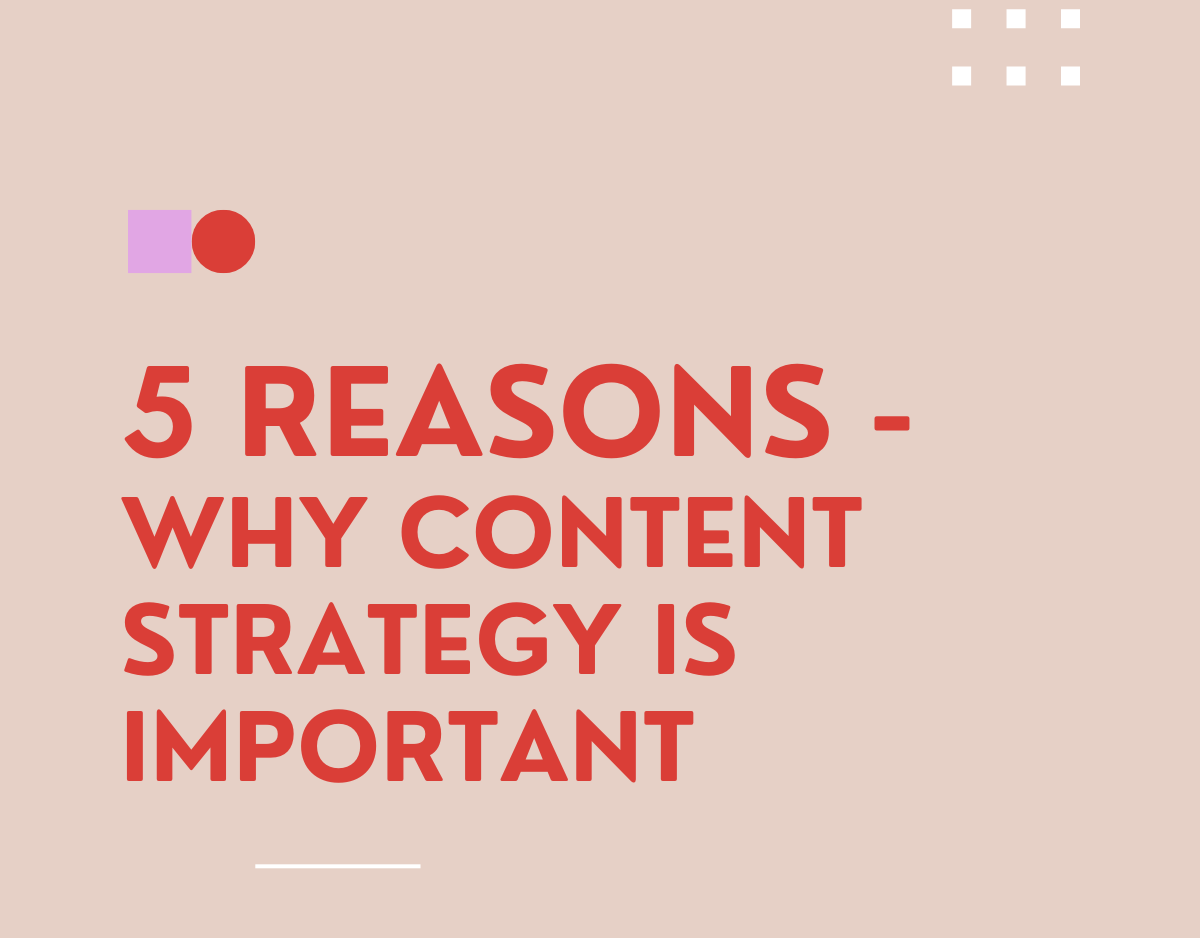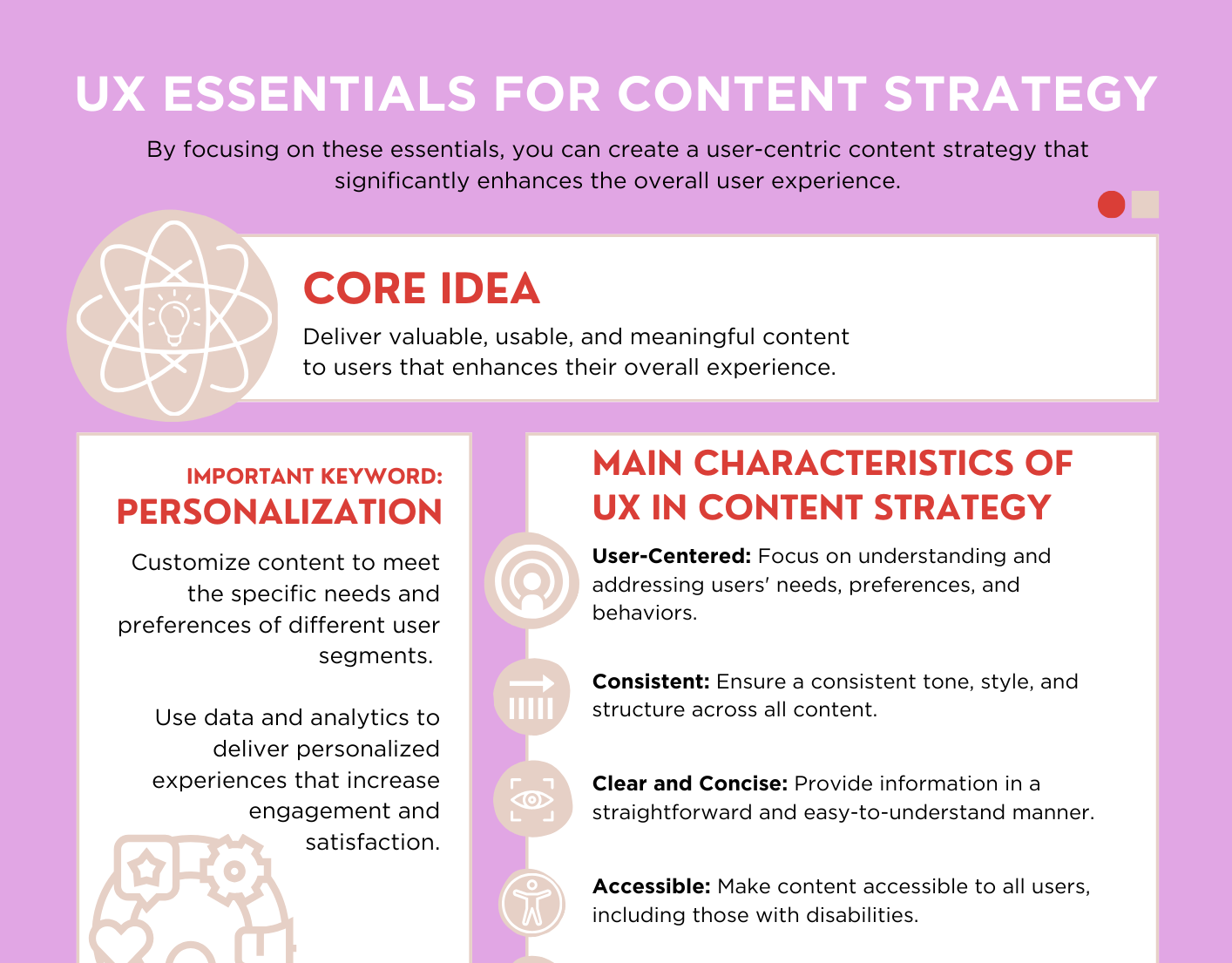The world of work has changed dramatically. Buzzwords like agility, New Work, and the New Normal have reshaped how we approach our jobs, blending innovation with the realities of life post-pandemic. But what do these concepts really mean, and how do they show up in our day-to-day lives? Here’s a look at my personal journey navigating these trends in a dynamic and fast-paced industry.
Agility: It’s More Than a Buzzword
Agility, defined as an organization’s ability to adapt quickly to change, is increasingly essential in today’s fast-paced environment (Dühring & Zerfass, 2021). While agile methods, like cross-functional teams and iterative decision-making, are commonly associated with strategic roles, operational roles often face challenges in adopting these practices. Digital tools, introduced to improve collaboration, can sometimes lack structure, leading to inefficiencies. For instance, when communication becomes scattered across multiple platforms, it undermines the very flexibility agility seeks to promote.
To address this, I am focussing my master thesis on finding ways to streamline tool usage, ensuring communication is clear and accessible in our company. As Dühring et al. (2020) suggest, aligning tools with organizational needs is a critical step in fostering true agility.
Finding My Groove with New Work
New Work emphasizes flexibility and rethinking traditional workplace norms, often including remote work and flexible schedules (Zerfass et al., 2018). For many, this model is liberating, allowing them to work when and where they feel most productive. Personally, though, I’ve learned that structure fuels my productivity. The predictability of a fixed schedule and a designated workspace keeps me grounded and focused.
This doesn’t mean flexibility isn’t valuable - it’s an essential tool for attracting diverse talent and meeting the evolving expectations of the workforce. As organizations embrace hybrid models, understanding the varied needs of employees will be key to maintaining engagement and productivity.
The New Normal and Leadership Challenges
The New Normal, shaped largely by the COVID-19 pandemic, has fundamentally altered how we work. Virtual meetings and remote collaboration have become standard, offering both opportunities and challenges. Written communication, for example, often lacks the nuance of face-to-face interactions, increasing the potential for misunderstandings. This reinforces the need for strong digital communication skills, as highlighted by Zerfass et al. (2018), to ensure clarity and reduce friction.
Additionally, fostering a culture where mistakes are seen as opportunities for learning is essential for long-term adaptability. As Dühring & Zerfass (2021) point out, a healthy mistake culture is a cornerstone of agile organizations, enabling teams to innovate and grow.
What I’ve Learned
Perhaps the biggest takeaway for me is how personal growth mirrors organizational agility. Learning to prioritize, set boundaries, and let go of what’s beyond my control has been a game-changer. This aligns with the agility companies strive for - balancing flexibility with focus.
Did the topic catch your interest? Here are some perspectives of my colleagues:
> From Agility to the New Normal: How Modern Work Trends Shaped My Professional Journey from Laura Wassertheuer
> Strategic Communication in the new age. On agility, new work, and the new normal from Laura Schutti
References
Dühring, L., & Zerfass, A. (2021). The triple role of communications in agile organizations. International Journal of Strategic Communication, 15(2), https://doi.org/10.1080/1553118X.2021.1887875
Dühring, L., Berger, K., & Brockhaus, J. (2020). Fast and flexible: Corporate communications in agile organizations. Academic Society for Management & Communication.
Zerfass, A., Verčič, D., Nothhaft, H., & Werder, K. P. (2018). Strategic communication: Defining the field and its contribution to research and practice. International Journal of Strategic Communication, 12(4) https://doi.org/10.1080/1553118X.2018.1493485









